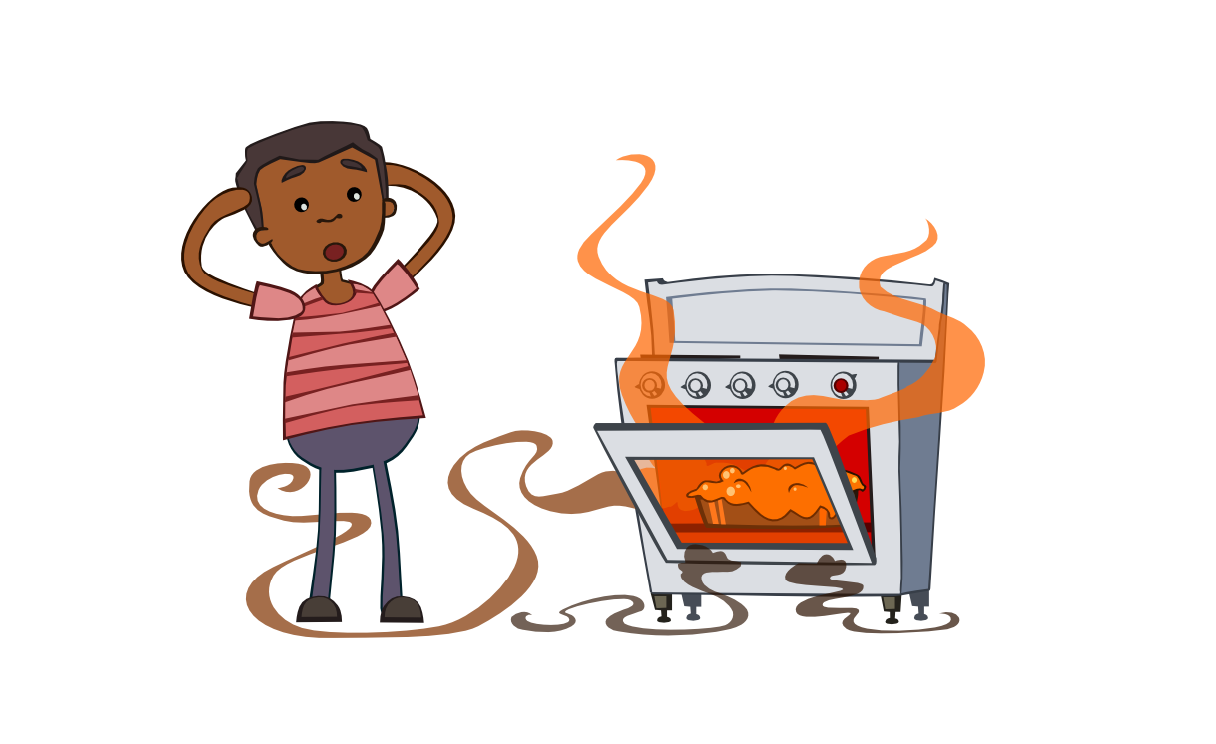01937 832 740
Or click here to use our online contact form.

01937 832 740
Or click here to use our online contact form.
 The Great Fire of London
The Great Fire of London
It is almost the anniversary of the Great Fire of London which started on the 2nd September 1666. It is a subject covered by many schools, so whats the story?
Back in the 1660's, there wasn't much regard for the dangers of disasters such as fire when it came to building thir houses. They were made of wood and tightly packed together, and following a long, dry summer the city was scarce of water and the wood had dried out, creating the perfect enviroment for a fire to spread.
The fire started on 2nd September 1666 in Thomas Farynor's bake shop on Pudding Lane. Although he thought he had put the fire out, by 1am his house was ablaze. The Fire moved quickly down Pudding Lane and carried on down Fish Hill towards the River Thames, spreading quickly with the help of a strong wind from the east.When the fire reached the Thames it hit warehouses which were full of combustable materials.
The Mayor was ordered to pull down burning buildings, but this did not top the fire from spreading. People were forced to evacuate their home and burried the valuables they could not carry with them. Samuel Pepys famously burried his expensive cheese and wine.
How did they put the fire out?
Pepys spoke to the Admiral of the Navy and they decided to blow up houses in the path of the fire before the fire reached them, this would hopefully creatre a space between houses and stop the fire from spreading. The fire was mostly under control by 5th September. However small fires were still breaking out and the ground remained too hot to walk on for days afterwards.
What was destroyed?
The fire destroyed 13,200 houses, 87 churches, The Royal Exchange, Guildhall and St Pauls Cathedral. The costs were estimated at £10 million. London had to almost be completly reconstructed.
Want a more immersive way to learn about The Great Fire of London? Check out our workshop here!